Reflection on Genrefication
Have you genrefied your library? Searching blogs, email list server discussions, and library journals, it seems most school libraries have given genrefication a go, or at least thought about it. I first tried my hand at genrefication back in 2017, when we genrefied the Young Adult section of our P-12 Library. You can read about my process genrefying the fiction collection in this post, as well as a one year follow up here. I have also written posts about genrefication for the National Education Summit blog here. I will be speaking about my experiments with genrefication in my presentation at the 2021 National Education Summit in Brisbane – find more information or buy a ticket to join us here.
But is genrefication still relevant? Is it still a buzz word? Does it deserve to be? How many libraries have genrefied and moved on? How many have decided it isn’t for them? I have worked at five school libraries over the past six years. Of those, four had genrefied their fiction section (or we genrefied while I was there), and none of them had a genrefied non-fiction collection. Since then, two of those libraries have now or are about to genrefy their non-fiction collection. I have also recently attended a genrefication workshop with Kevin Hennah, who has been a long-time supporter of genrefication. So, does this mean genrefication is still of interest to school library teams? Is it the way in which we will all move? After the 2020 we had, it seemed like many school libraries used the learning from home period to take the opportunity to genrefy their library. I’d love to hear whether you have genrefied, have it planned or chosen not to. Let me know in the comments below or connect via your choice of social media platform.
However, whatever your thoughts about genrefication, I have always believed that it alone is not a fix-all, one-strategy for improving student reading rates or library usage. I only need to look back to how our students initially responded to the fiction genrefication and our resulting slump in loan statistics to know that genrefication alone doesn’t do much at all. Instead, I firmly believe that it takes a mix of marketing and promotions, reader advisory, and a beautiful, relevant, accessible and easy to navigate collection, which may or may not be genrefied.
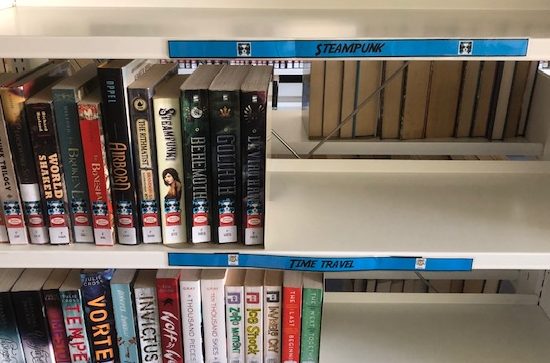
That all being said, I do believe that genrefied collections have a lot to offer their libraries – staff and students.
What does a genrefied collection offer?
Making Recommendations Easy
As a library staff member, stepping into a new library for a short period, not having a genrefied collection made making book recommendations so much harder. Fine if you know your collection back to front, but as a newbie, I had little idea where to find good stories about dancing. Sure, I knew where my favourites might be, but did that library actually have that book? And yes, I could go back to the library OPACs and keep searching, but that takes time. And to me, that experience was a great opportunity to view the library through a student’s eye – someone who might know what they were looking for, but due to not knowing the collection, was overwhelmed by the twisting shelves of ABC.
Genrefied collections certainly make it easier as a staff member to make recommendations. A student loves action and adventure? Well, off we go to those shelves. Perhaps they only know that they love the Marvel movies. Again, it is easy to head to where you have the action books or the superhero titles. For reluctant readers, having a shelf dedicated to the books they enjoy makes it so much less daunting to select a book. If they want a funny book they are not instinctively going to know to head to G for Gleitzman, take a quick detour to H for Harris, double back to B for Bancks and Blabey, and then off to W for Walliams.
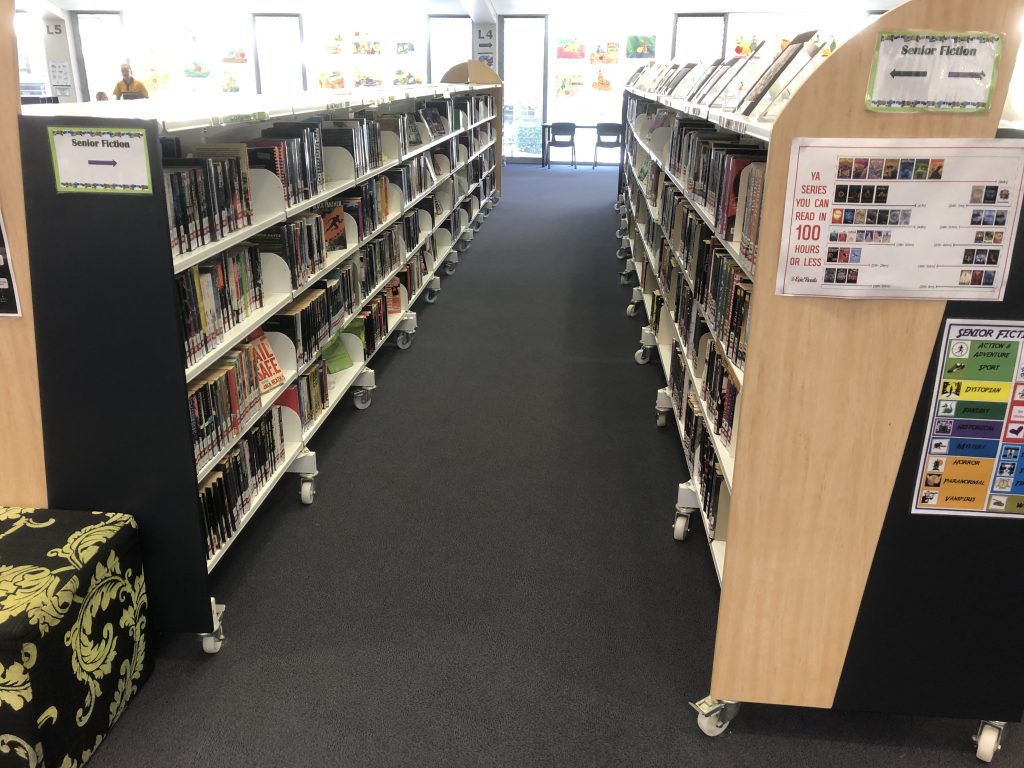
Time Saving
I’m not sure how many times I have led students on a winding, wandering tour around the A-Z fiction collection as I remembered to look under different letters for the titles we needed. Compare that to a quick question about what sort of books a student prefers ( or films or interests) and head to the humour section, pulling out some of the top favourites or new titles and then leaving them to browse before helping the next student. Having a genrefied collection means I can help more students in more meaningful ways.
Connections
A genrefied collection also means I can see a student browsing in the romance section, amble over and start chatting to them about my own love of romantic novels. I can ask if they have read Jenn Bennett’s latest novel, squee over our shared love of Morgan Matson and offer them a few new books we have in that section. Compare that to seeing a student browsing in the P section of the fiction collection. I need to start asking a lot of questions before I can jump into the same connection I’ve shared with the student in the romance section.
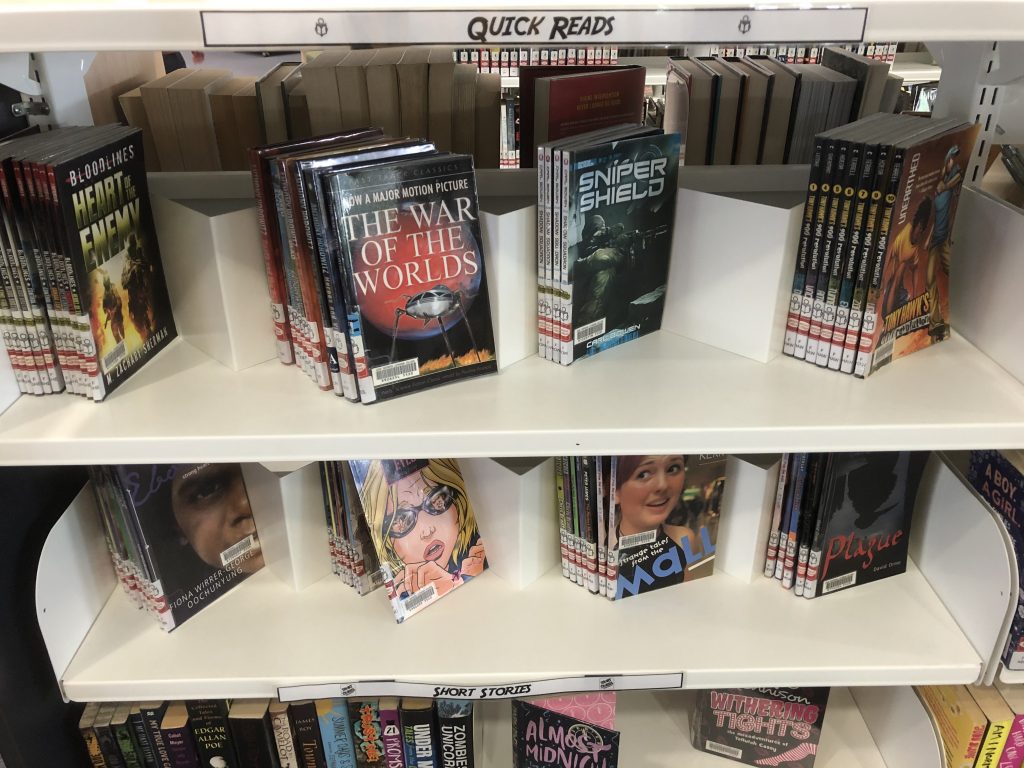
Shelving
This is a bit of a plus/minus section. Some people I have worked with say it is easier to shelve a genrefied collection, others say it is much harder. It all comes down to your familiarity with the collection. If you know exactly what the sport genre sticker looks like and where the sport collection is, it is simple to slip your book into the right spot. Being unfamiliar with these things tends to leave library volunteers or new team members circling the shelf asking, where on earth are the dystopian books? That’s why I made a few changes to our layout this year, moving the genres from a grouped layout (fantasy, science fiction and paranormal were together, while we had sport near the action and adventure books) and moved to an A-Z of genre arrangement – Action and Adventure was first, followed by Dystopian and then Fantasy. This worked, as we had the genres in straight line shelves.
Collection Management
Is it a lot easier to see how many fantasy books compared to realistic books with a genrefied collection. So too, you can easily see what sections are popular, might need more books or need a little culling. The genrefication process is excellent for enforcing a big deselection. Genrefication takes up more space than A-Z shelving, so it’s a great opportunity to remove some old, outdated books.
Make it work for you
I love that genrefied collections allow you the space to make the collection reflect you and your students. Your students love crafting and cooking? Those collections are separated and highlighted. Perhaps your collection of language books are only small, so you can group them with the traditional 800 dewey numbers and make more room for collections that are of high interest. Genrefication also allows you to highlight subgenres or collections that might otherwise be invisible in a collection under more traditional arrangements, such as LGBTQIA+ titles, #OwnVoices, #DiverseBooks. Your collections might be fluid, allowing for changes in interest areas.
So, what do you think? Does genrefication work for your library? Are you keen to try it? Want to know more? Join the conversation in the comments below.

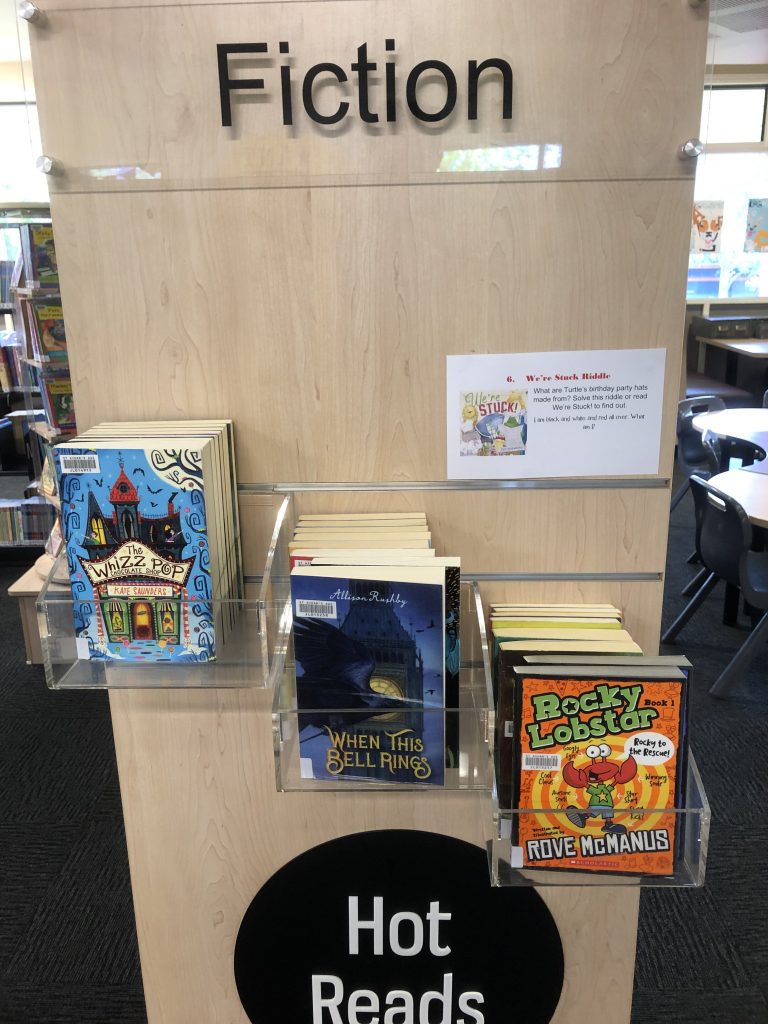
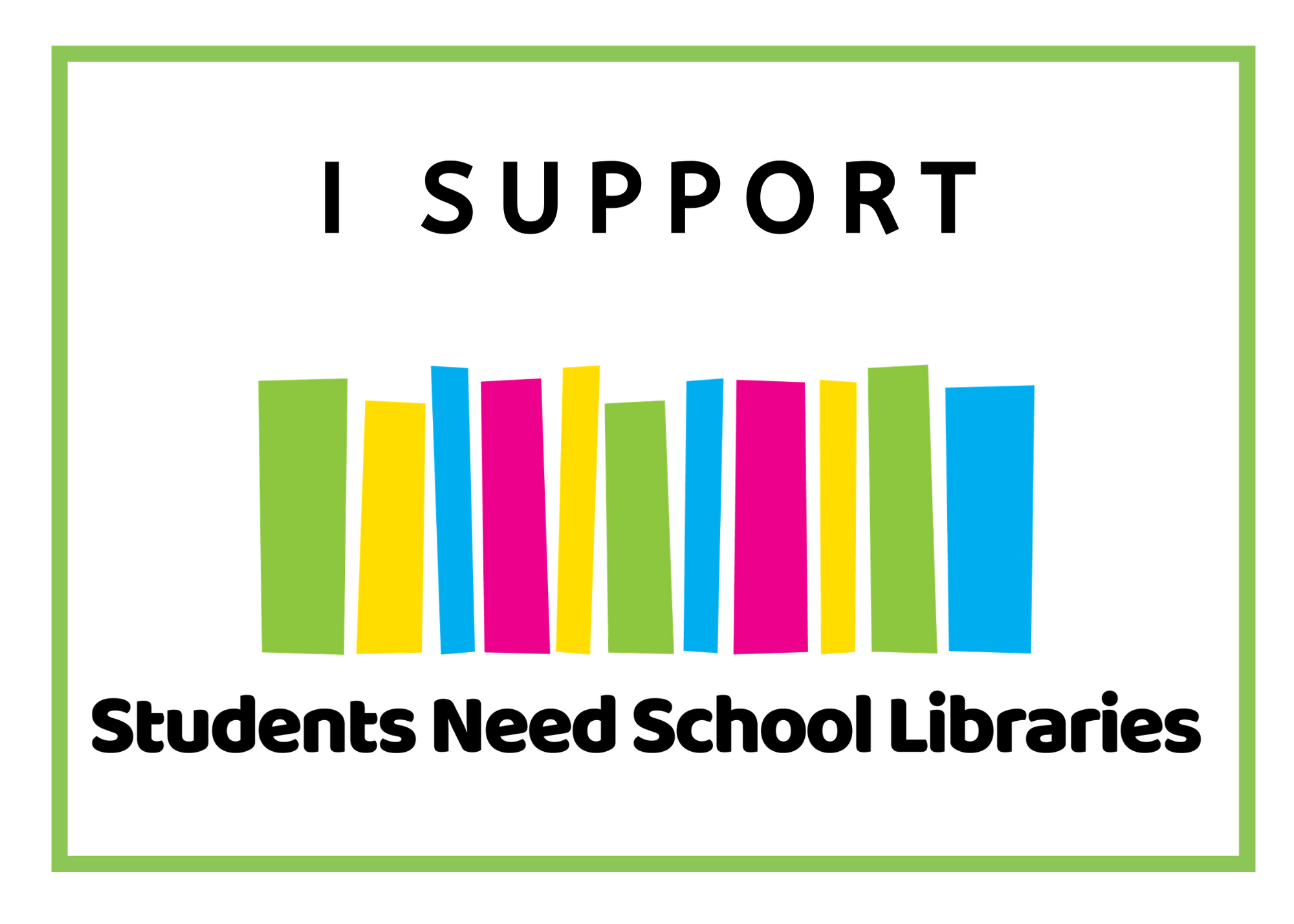

Leave a Reply